Graham Haederle (B.S. ’23, atmospheric and oceanic science; B.S. ’23, finance) helps companies play a part in climate change solutions.



Nine current students and recent alums of the University of Maryland’s College of Computer, Mathematical, and Natural Sciences (CMNS), including AOSC's Emily Wisinski, received prestigious National Science Foundation (NSF) Graduate Research Fellowships, which recognize outstanding graduate students in science, technology, engineering, and mathematics.
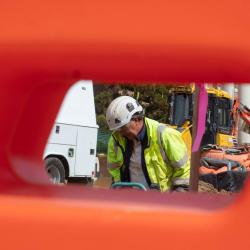
See AOSC Professor Russ Dickerson's comments in the full article in The Diamondback

The University System of Maryland (USM) Board of Regents has appointed Dr. Fernando Miralles-Wilhelm the next president of UMCES.
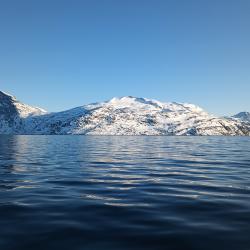
The all-female team of scientists, including AOSC Associate Professor Sinead Louise Farrell, centralize key findings from three NASA missions.

When the nation’s leading experts in weather, water, and climate gather in Baltimore later this month for the annual conference of the American Meteorological Society (AMS), they will get a close-up view of the region’s fragile environment.
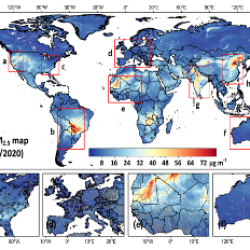
Today, Nature Communications published a study entitled "First close insight into global daily gapless 1-km PM2.5 pollution, variability, and health impact" by Jing Wei (Assistant Research Scientist) and Zhanqing Li (Distinguished University Professor) of the University of Maryland, USA and collaborators from the US and foreign institutes.
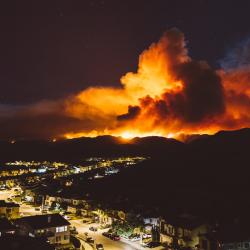
UMD researchers analyzed changes in the mortality burden attributed to wildfire pollution over the last two decades.
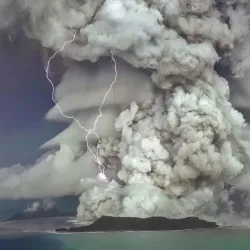
Published last month in the Proceedings of the National Academy of Sciences, the research shows that the 12-hour undersea eruption led to unprecedented losses of up to 7% of the ozone layer over large areas of the Southern Hemisphere.

